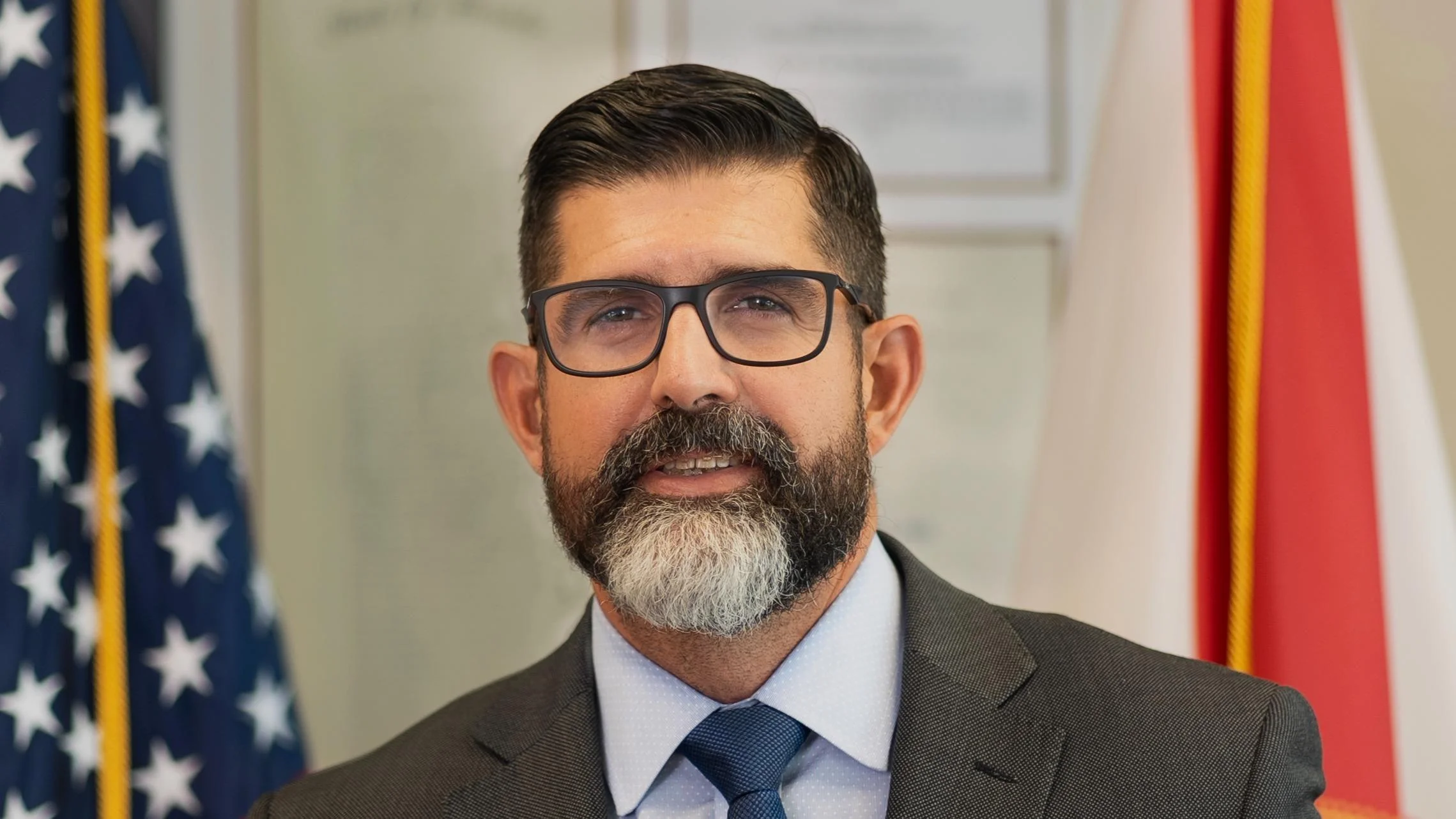
Mi Aniefuna Senior Research Manager | Official Website
In Nebraska, Arizona, and Texas, school mental health programs face potential cuts due to Department of Education funding reductions. These cuts could significantly impact rural school districts where mental health resources are limited compared to urban areas.
David M. Ardrey, interim executive director at the National Rural Education Association, noted that many rural areas already lack mental health services due to unsustainable business models or redirected federal funds. "Many mental health services that existed in rural places... went away because federal money went somewhere else," he said.
A recent letter from a Department of Education official indicated that grants would end unless recipients appealed. This decision is attributed to the Trump administration's concerns over grant proposals emphasizing diversity among mental health professionals.
The funding cut follows a nearly $1 billion investment in K-12 school mental health services initiated in 2022. This move coincided with medical experts recommending anxiety screenings for children aged eight and older.
Ardrey speculated that without approved appeals, some rural districts might have to pause federally funded programs until they find alternative funding sources. He highlighted the challenges faced by districts negotiating contracts for the next fiscal year: "Certain agreements have already been reached... And the districts are the ones that are being put in the middle of this."
Nationwide shortages of school psychologists and licensed mental health professionals further exacerbate these challenges. In Nevada, a 2023 analysis revealed only 12 graduates annually from state prep programs amid a shortage of nearly 2,900 professionals.
Grant programs targeted increasing licensed mental health workers in schools and universities. For instance, Arizona's Cochise Educational Service Agency received a $2.7 million grant to boost provider numbers in its district: “With only twelve providers for thirty-eight schools and 9,656 students, staffing levels are insufficient.”
Winnebago Public Schools and Umoⁿhoⁿ Nation Public School in Nebraska received nearly $1 million to enhance services for Native American students.
Rural schools often must choose between hiring counselors or other staff due to budget constraints. Ardrey explained: “If I have a counselor... oftentimes, districts have to combine workloads into other administrative type functions.”
Challenges attracting professionals also include housing shortages in rural communities. Ardrey stated: “If you're trying to hire a new teacher... but you really don't have enough housing or enough high-quality housing available, it's hard.”
Despite these hurdles, Ardrey emphasized ongoing efforts by rural districts to manage potential federal fund losses while maintaining daily operations: “Our schools are open every single day and people are going to work every single day.”





 Alerts Sign-up
Alerts Sign-up